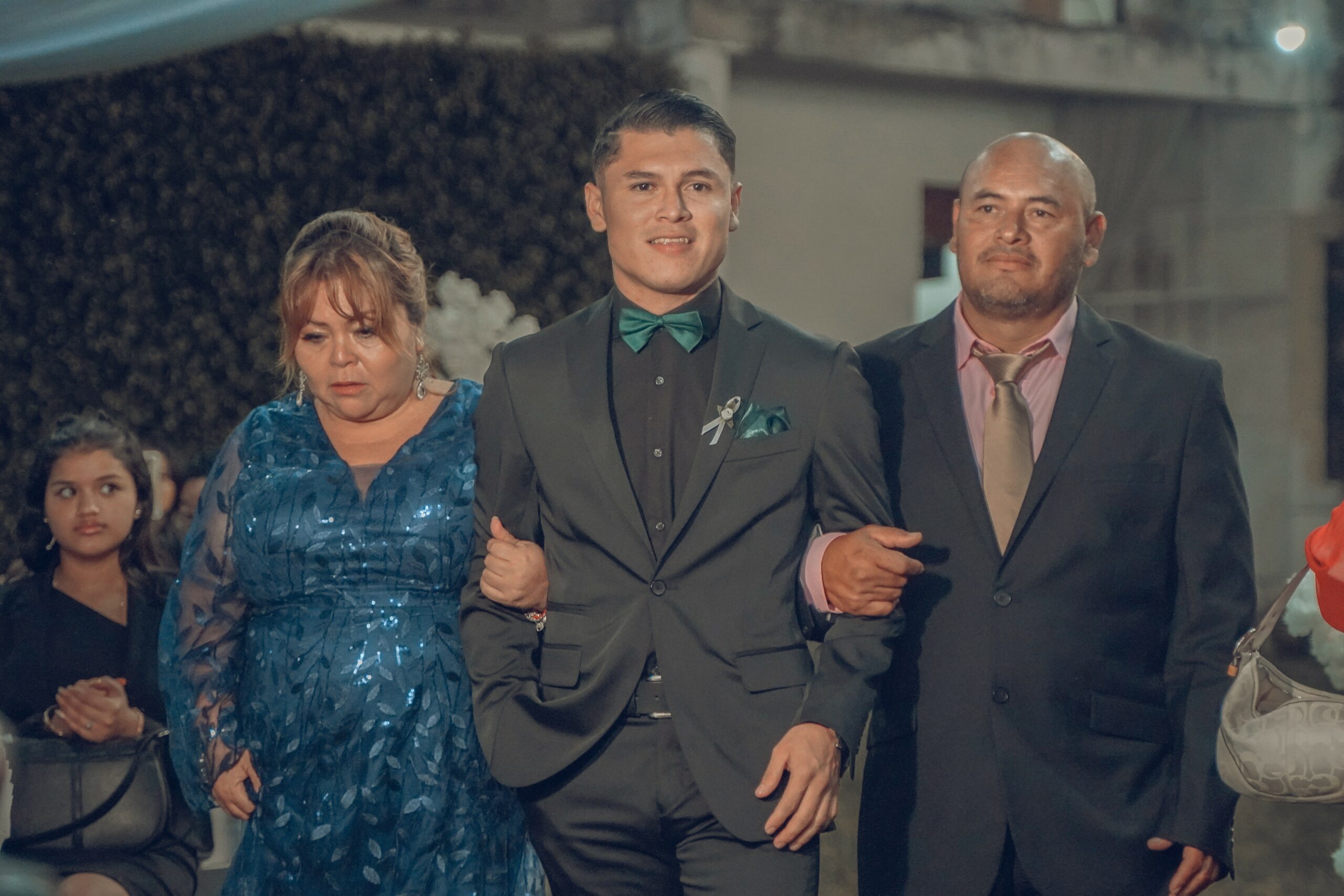While the first time a father walked his daughter–the bride–down the aisle dates back to 1549 and THE BOOK OF COMMON PRAYER in England, the tradition of the groom’s parents walking him down the aisle comes to us primarily from the Jewish and Hindu wedding traditions. Read on and find out more about this tradition which has found a home at American weddings!
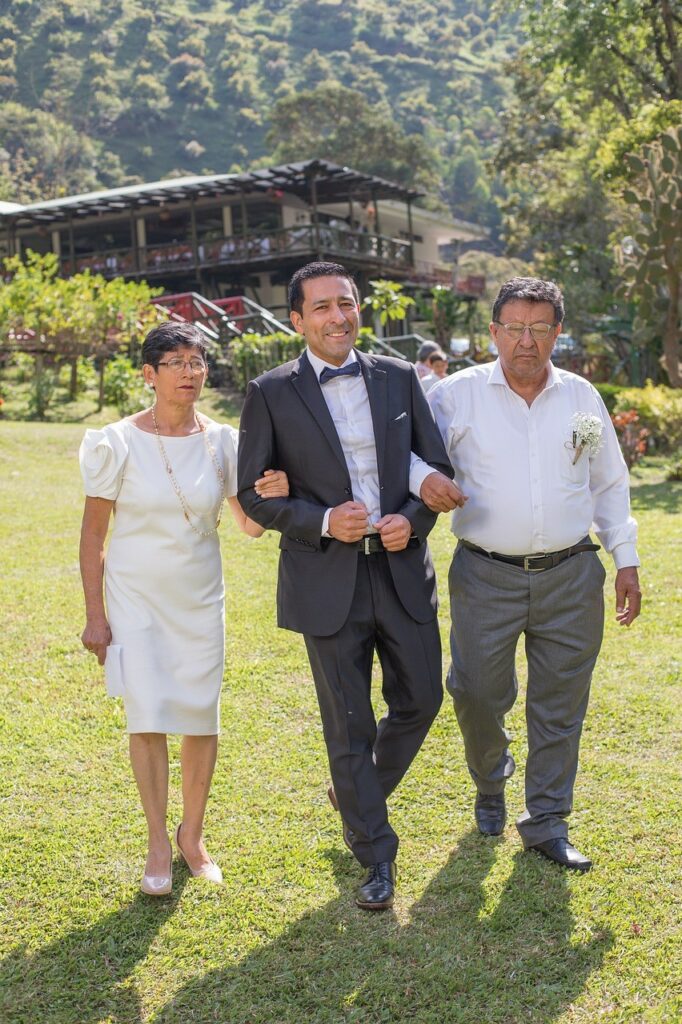
Hey, John!
We are so excited! Elizabeth and I are getting married this winter at Ainsworth House & Gardens! We can’t wait for our big day!
Yesterday, we went out to lunch with her parents and talked about how they were both going to walk her down the aisle.
The more they talked, the more I realized that I was feeling left out of this opportunity. After all, after walking down the aisle, Elizabeth would have a last hug with her parents as a single adult. We all became super emotional! I know that moment will be captured in countless photos.
Could my parents walk me down the aisle without the etiquette experts having a meltdown?
Thanks!
–Philip in Phoenix
Hey, Philip!
That’s a great question! American wedding traditions are embracing wedding traditions from other culures.
We often see the groom escorted by both or by one of his parents.
Grandparents–both maternal and paternal or only set–have walked the groom down the aisle at his wedding.
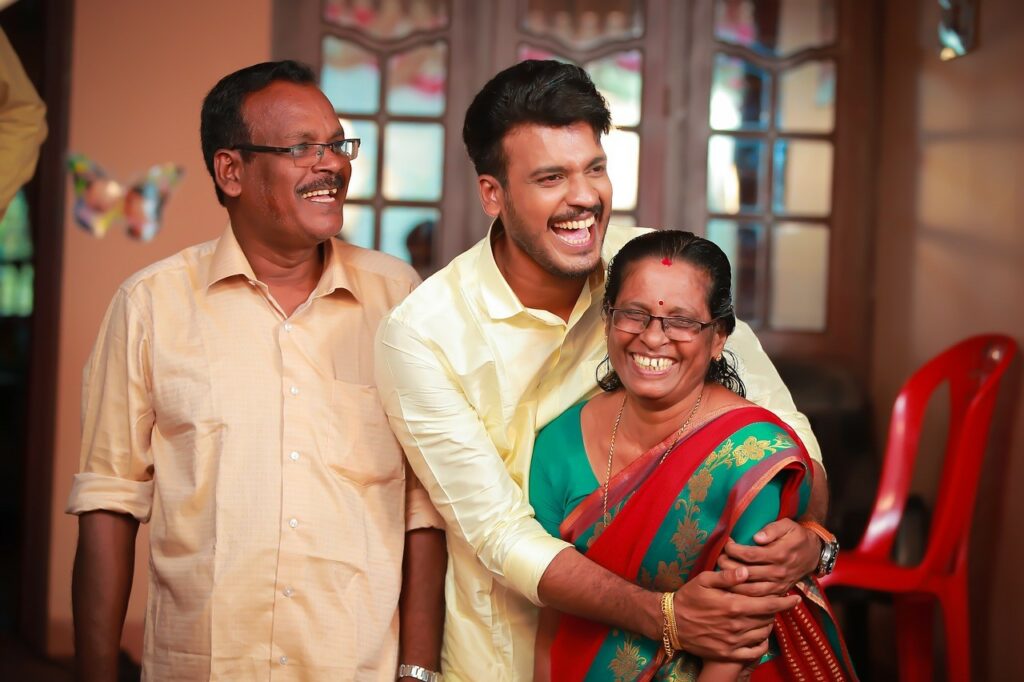
Parents and grandparents walked the groom down the aisle.
OK, this takes more planning. We have seen brides escorted up the aisle by one set of grandparents who hand her off to the other set of grandparents who hand her off to her parents for the final section of the walk up to the ceremony space.
There are grooms who have done this as well.
Others who have participated in escorting the groom include those people to whom the groom is closest. These people might be:
- Siblings
- Aunts and/or uncles
- Foster parents
- Mentors.
In many cultures, it is a long cherished tradition that the parents walk with the groom to the ceremony space.
In Jewish tradition, his parents walk with him up to the chuppah, the canopy under which Jewish wedding ceremonies take place.
While his parents stand under the chuppah, the groom waits outside the chuppah to greet his beautiful bride and her parents.
The bride circles the groom seven times which symbolizes building a wall of love which encloses their relationship. Seven, being the sacred number in Judaism, represents the completeness and wholeness which the bride and groom untied can achieve together. (A modern version is that each person circles the other three times and then together they walk in a figure 8.)
Then both sets of parents as well as the bride and groom stand under the canopy during the wedding joining the two joyful families.
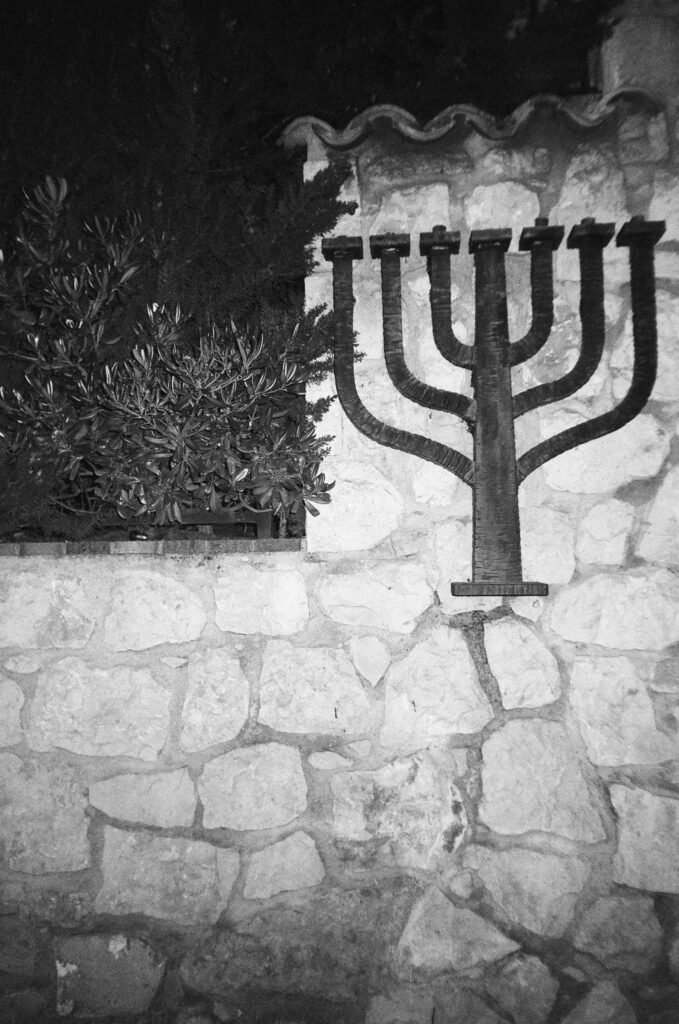
At a Hindu wedding during the “baraat,” the groom—accompanied by his family—arrives at the ceremony on a highly decorated horse.
(In very wealthy Hindu families, the groom arrives on a highly decorated elephant. Since we do not have parking for an elephant at Ainsworth House & Gardens, please do not bring an elephant which might trample the tulips too. :-))
When they arrive, they are welcomed by the bride’s parents who bring flower garlands and sweets to celebrate. Next, the bride’s parents take the groom’s arms to walk him to the mandap (the place of the wedding ceremony).
Similar to the Hindu culture, a Muslim groom arrives at his wedding on a highly decorated horse.
Check with your wedding officiant. Depending on how formal your ceremony is or religious conventions, there might be guidelines on who can walk the groom down the aisle.
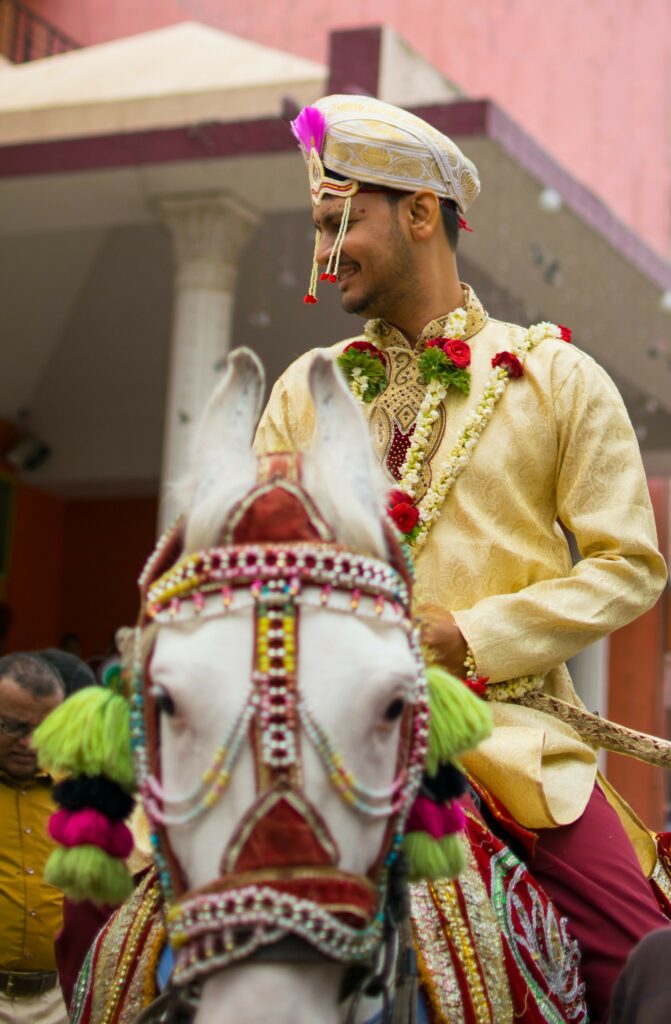
If you have any questions, reach out to me. I’m happy to help you!
Your friend in the wedding business,
John Shyne
Images courtesy of Pixabay.com, Pexels.com, and Unsplash.com. All are copyright free.
© 2023. Come Rain or Shyne, LLC. All rights reserved.




